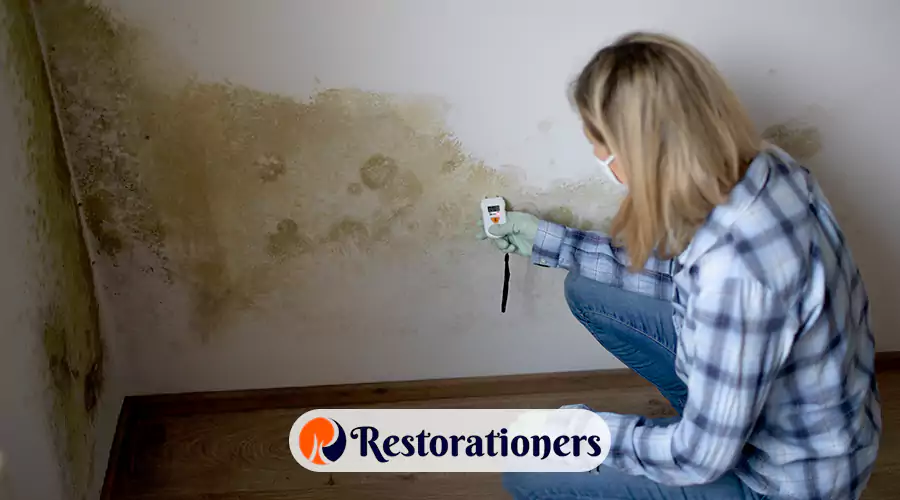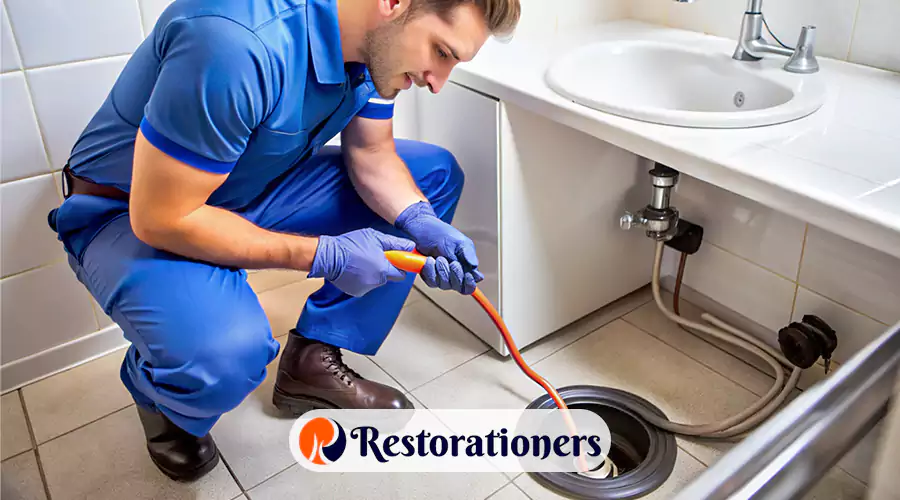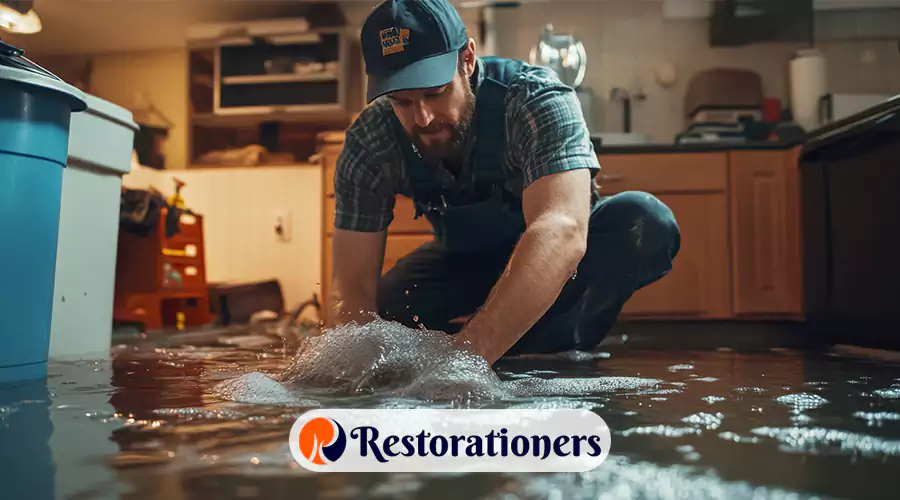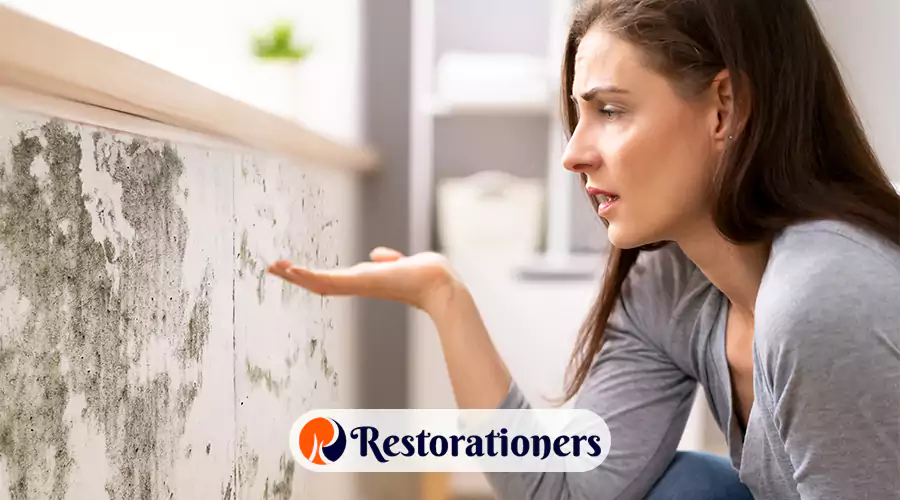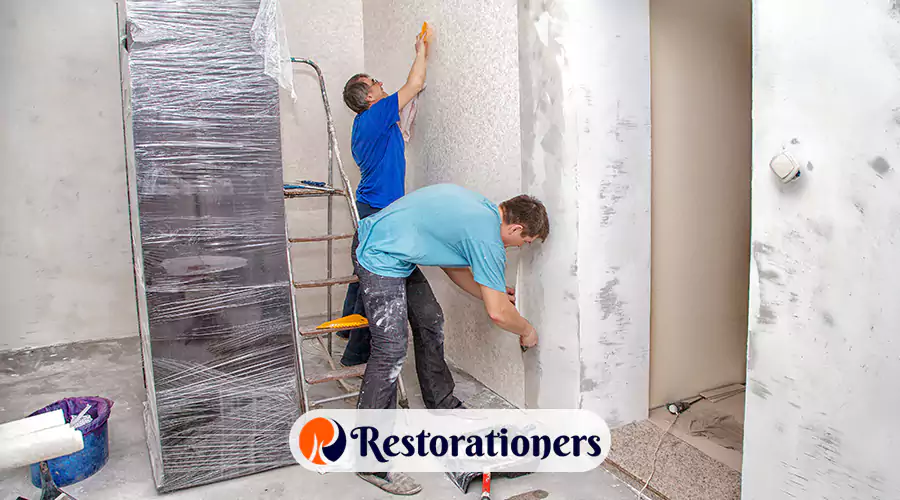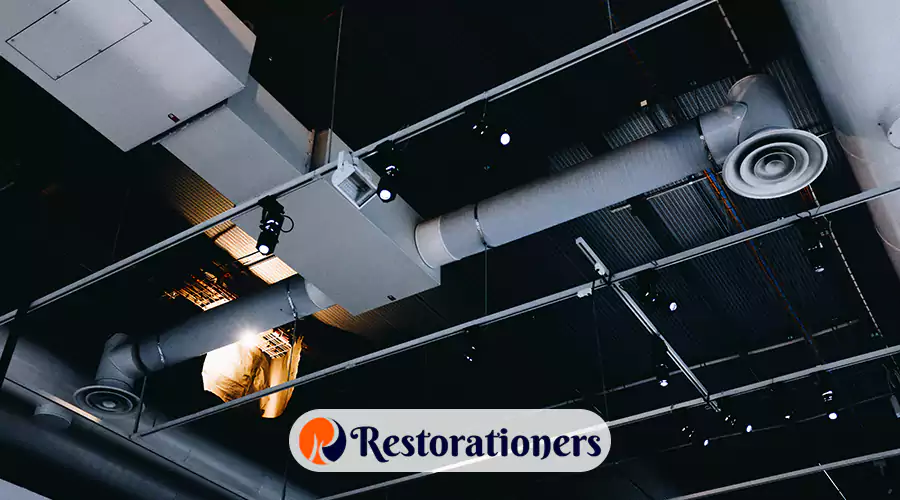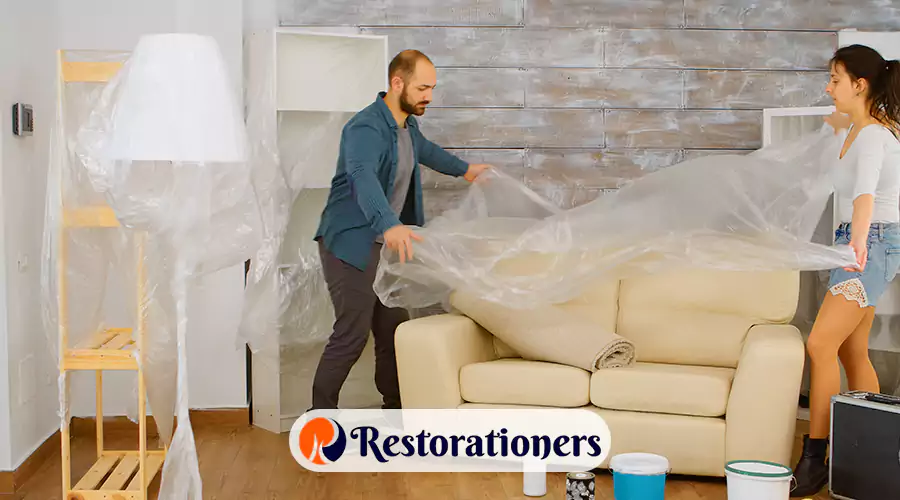Understanding the Hidden Threats in Your Home
In matters concerning home safety and indoor air quality, understanding the distinction between mold and mildew can save your health, possessions, and the value of your property. Most homeowners believe that the two are the same thing but they are quite different types of fungi that have different characteristics, behaviors, and hazards.
Knowing the difference between mold and mildew will keep you out of structural problems, safeguard the health of your family, and increase the duration of your home. This guide covers how they look, smell, impact on health, how to clean them and how to prevent them with expert views such as the EPA and environmental hygiene experts.
1. What Are We Talking About?
Mildew is a surface-level fungus that appears as flat, whitish, or grayish growths on materials exposed to moisture like tiles, fabrics, or paper.
Mold, on the other hand, is a broader category of fungi that can grow both on and within materials, often looking fuzzy or slimy in colors such as black, green, blue, or red.
According to the U.S. Environmental Protection Agency (EPA), “Mildew refers to certain kinds of mold or fungus. Mold growth, which often has a flat growth habit, is commonly referred to as mildew in a general sense.”
So, mildew can be thought of as a superficial type of mold, but the difference lies in how deeply they grow and how harmful they can become.
2. Appearance & Growth: How to Tell Mold from Mildew
In the attempt to distinguish between the mold and mildew, it is important to note the color, texture, and also growth behavior:
| Feature |
Mildew |
Mold |
| Color / Texture |
White, gray or light brown; flat or powdery. |
Green, black, red or blue; fuzzy or slimy |
| Growth Habit |
Stays on surfaces |
Intrudes into materials and diffuses. |
| Common Locations |
Bathrooms, window sills, cloths. |
Wood, ceilings, walls, basements and carpets. |
| Smell |
Mild, musty scent |
Strong, earthy or pungent odor |
A flat grayish spot on a shower tile is a likely indication of mildew.
A soft, dark spot behind the drywall or in a piece of fabric identifies mold and even more severe concern that may need more thorough cleaning or expert assistance.
3. Common Locations Where They Thrive
Mold and mildew prefer poorly ventilated and damp places. These are the common places of their appearance:
| Area of Growth |
Type |
Appearance |
Cleaning Difficulty |
| Bathroom Tiles |
Mildew |
White or gray powder |
Easy |
| Walls / Ceilings |
Mold |
Green or black patches |
Moderate to hard |
| Clothes / Fabrics |
Mildew |
Light spots, musty odor |
Moderate |
| Basement Floors |
Mold |
Thick, dark patches |
Hard |
Bathrooms are also a common problem impacted by the high humidity of showers and sinks.
When there is poor circulation of air in a closet and a basement, mildew or mould grows on clothes and furniture.
They are also ceilings that may have hidden molds in case of leakages or damage to roofs.
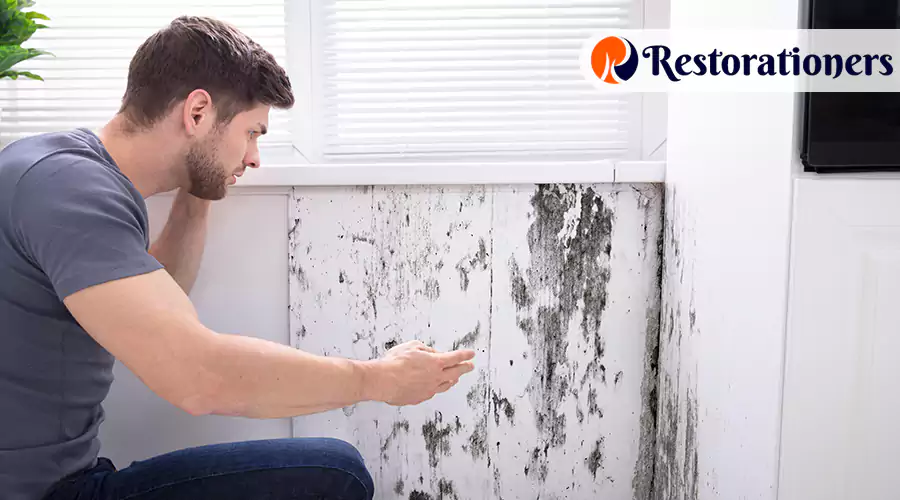
4. Health Risks: Mold vs. Mildew
While both fungi can trigger allergies or respiratory symptoms, their risks differ in severity:
- Mildew typically causes mild reactions such as sneezing, nasal irritation, or itchy eyes. It’s mainly a cosmetic and comfort issue.
- Mold, however, can be more serious. Because it penetrates materials and releases spores and in some cases, toxins — it may lead to persistent coughing, asthma attacks, or skin irritation. Individuals with weakened immune systems are especially vulnerable.
In short: mildew is often just a nuisance, but mold can pose real health and structural threats.
5. Cleaning and Removal
Knowing whether you’re dealing with mold or mildew determines your cleaning approach.
Mildew Removal
- Since mildew lives on surfaces, it’s easier to clean.
- Use a diluted bleach or vinegar solution to scrub affected areas.
- Rinse and dry thoroughly, ensuring good ventilation to prevent regrowth.
Mold Removal
- Mold usually spreads in materials, and it becomes harder to eliminate.
- On smaller areas (less than 10 square feet) you may consider DIY cleaning with protective equipment and relevant cleaners.
- Greater infestations would need professional treatment to eliminate the spread of spores and subsurface development.
The early detection and cleaning are important in saving time, money, and minimizing health hazards.
6. Prevention Strategies
It is much easier to prevent mold and mildew than to treat it. These are easy exercises that should be followed:
- Maintain indoor humidity at 30–50.
- Make sure that kitchens, bathrooms and basements are well ventilated.
- You should fix roof, window, or pipe leaks as soon as possible.
- Use materials that are moisture-resistant in damp places.
- Wet clothes and fabrics should be fully dried before storage.
- Keep the closets and storage areas open to air to avoid the musty odor.
Regular prevention does not just secure your house but also enhances the quality of indoor air.
7. Black Mold vs. Mildew: A Special Warning
“Black mold” often referring to Stachybotrys chartarum is a particularly hazardous type that thrives in very damp environments. It can produce toxic compounds known as mycotoxins.
Mildew rarely develops into such a threat, but if you notice dark, spreading patches with a strong musty smell, assume it’s serious. Black mold requires professional assessment and cleanup to protect both health and property.
8. Recap & Home Safety Implications
- Is mildew the same as mold? Not exactly. Mildew is a surface variant of mold, although there are many types of molds that are more harmful and deep-rooted.
- The difference will guide you to make a decision on whether you will do basic cleaning or hire professionals.
- Be alert to such signs of danger such as the smell, the color change or the moisture on walls, ceiling and cloth.
- The best defenses that you have against these fungi are early detection and proper ventilation.

9. Final Thoughts
To have a healthy, safe and clean home, it is important to understand the distinction between mold and mildew. When you notice a musty odor or notice brown spots, move fast — even the small growths can multiply rapidly.
You will save your house, your health, and the air quality in your house by learning how to distinguish between mold and mildew and use the appropriate cleaning and prevention methods.
 Damage-Specific RestorationGeneral Restoration ServicesSpecialized RestorationCleanup & Removal ServicesBack to Main MenuDamage-Specific RestorationWater Mitigation Water Damage Flood Damage Basement Flood Clean Up Storm Damage Restoration Hurricane Damage Restoration Winter Storm Damage Restoration Water Leak Detection Services Fire Damage Smoke Damage Restoration Soot Removal Mold Damage Mold Remediation Biohazard Cleanup Earthquake Restoration Mudslide Damage Restoration Disaster RestorationBack to Main MenuGeneral Restoration ServicesEmergency Restoration Services Commercial Restoration Services Residential Restoration Services Advanced Restoration Building Restoration House Restoration Restoration Contractors Structural Restoration 24 Hour Emergency Water Damage RestorationBack to Main MenuSpecialized RestorationDocument Restoration Hardwood Floor Refinishing Marble Restoration Kitchen Restoration Bathroom Restoration Roof Restoration Wood Restoration Wood Floor Restoration Tile Restoration Concrete Restoration Foundation RestorationBack to Main MenuCleanup & Removal ServicesOdor Removal Services Air Duct Cleaning Hazardous Waste Disposal Asbestos Abatement Demolition Contractors Emergency Board Up
Damage-Specific RestorationGeneral Restoration ServicesSpecialized RestorationCleanup & Removal ServicesBack to Main MenuDamage-Specific RestorationWater Mitigation Water Damage Flood Damage Basement Flood Clean Up Storm Damage Restoration Hurricane Damage Restoration Winter Storm Damage Restoration Water Leak Detection Services Fire Damage Smoke Damage Restoration Soot Removal Mold Damage Mold Remediation Biohazard Cleanup Earthquake Restoration Mudslide Damage Restoration Disaster RestorationBack to Main MenuGeneral Restoration ServicesEmergency Restoration Services Commercial Restoration Services Residential Restoration Services Advanced Restoration Building Restoration House Restoration Restoration Contractors Structural Restoration 24 Hour Emergency Water Damage RestorationBack to Main MenuSpecialized RestorationDocument Restoration Hardwood Floor Refinishing Marble Restoration Kitchen Restoration Bathroom Restoration Roof Restoration Wood Restoration Wood Floor Restoration Tile Restoration Concrete Restoration Foundation RestorationBack to Main MenuCleanup & Removal ServicesOdor Removal Services Air Duct Cleaning Hazardous Waste Disposal Asbestos Abatement Demolition Contractors Emergency Board Up